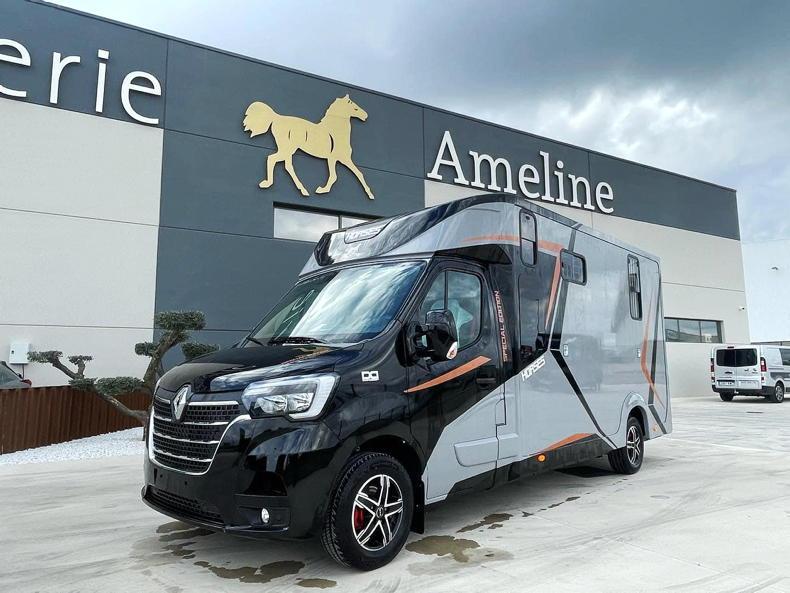DESPITE shelving other promised animal welfare legislation for the period approaching EU elections in May, the Commission has agreed to amend the rules related to the transport of animals some 20 years since they were adopted (Regulation 1/2005).
Last month the EU Commission issued a draft showing their thinking on the subject, stimulating a raft of robust responses – transport of live animals is a current hot topic! Controversy relates not so much to equines but more (to choose but three items) to:
Additional protections for equine welfare will need to be in place if external temperatures are likely to fall outside a 0 to 30 degrees celcius range. But most discussion is likely to surround the specifics of travel, rest and unloading times.
Additional provisions
Almost all journeys involving equines in Ireland are, I expect, ‘short’ - defined as less than nine hours - which means that in practice the additional provisions related to ‘long journeys’ should generally apply only to export/import journeys.
For ‘long journeys’ (greater than nine hours) such provisions might (based on the draft published) include the need for hauliers to be licensed, journey plans authorised and vehicles to be approved – nothing particularly new there. Some equids e.g. shortly before/after foaling cannot be transported on ‘long journeys’.
The absolute maximum journey time (‘long journeys’) to an agreed place of destination is proposed to be 43 hours. This could comprise a maximum of 21 hours travel followed by unloading and resting for at least 24 hours followed by a further leg of maximum 21 hours. During each of these 21 hour travel periods there must be a period of rest (on a stationary vehicle) of at least one hour after 10 hours travel.
As an island nation, a key issue for us is travel by sea: that part of the journey is currently not going to be counted as part of the journey time provided animals can lie down, rest, feed and drink.
It is felt that ‘motion on sea vessels does not impact animals’ stability in the same way as motion on road vehicles, where they are subjected to repeated and unexpected movement.’
Animal welfarists are likely to take issue with this – do you feel (like me!) that you are suffering travel stress when crossing the sea in a yawing or pitching vessel? I know I go green with the particular corkscrew effect of both motions together!
Foals are to be provided with water ad lib and fed milk (or replacer) at nine hour intervals ‘irrespective of the means of transport’. Should be covered by having foals able to suckle their dams on route, you’d think.
Journey purpose
In an attempt to increase carcass over live-animal-for-slaughter trade in future (a praiseworthy aim in my opinion), a maximum journey time of nine hours should apply.
This is of particular relevance to the hundreds of thousands of horses travelled across continental Europe for slaughter elsewhere - though the problem has long been how to get transporters to declare ‘slaughter’ as the journey purpose. This would be a real win for equine welfare if enforceable.
In summary, the current rules (as contained in Regulation 1 of 2005) are to be revised and current proposals can be found by scanning the QR code opposite.
Of particular interest to our equine industry will be the UK position: whether their (future) government adopts sections to remain in alignment with the EU on this matter.
There will undoubtedly be much lobbying and to-and-fro on the specifics before any conclusions are reached; and equines form only a small part of the bigger picture regarding animal transport within and out of the EU; but watch this space.




 This is a subscriber-only article
This is a subscriber-only article
 It looks like you're browsing in private mode
It looks like you're browsing in private mode










SHARING OPTIONS: